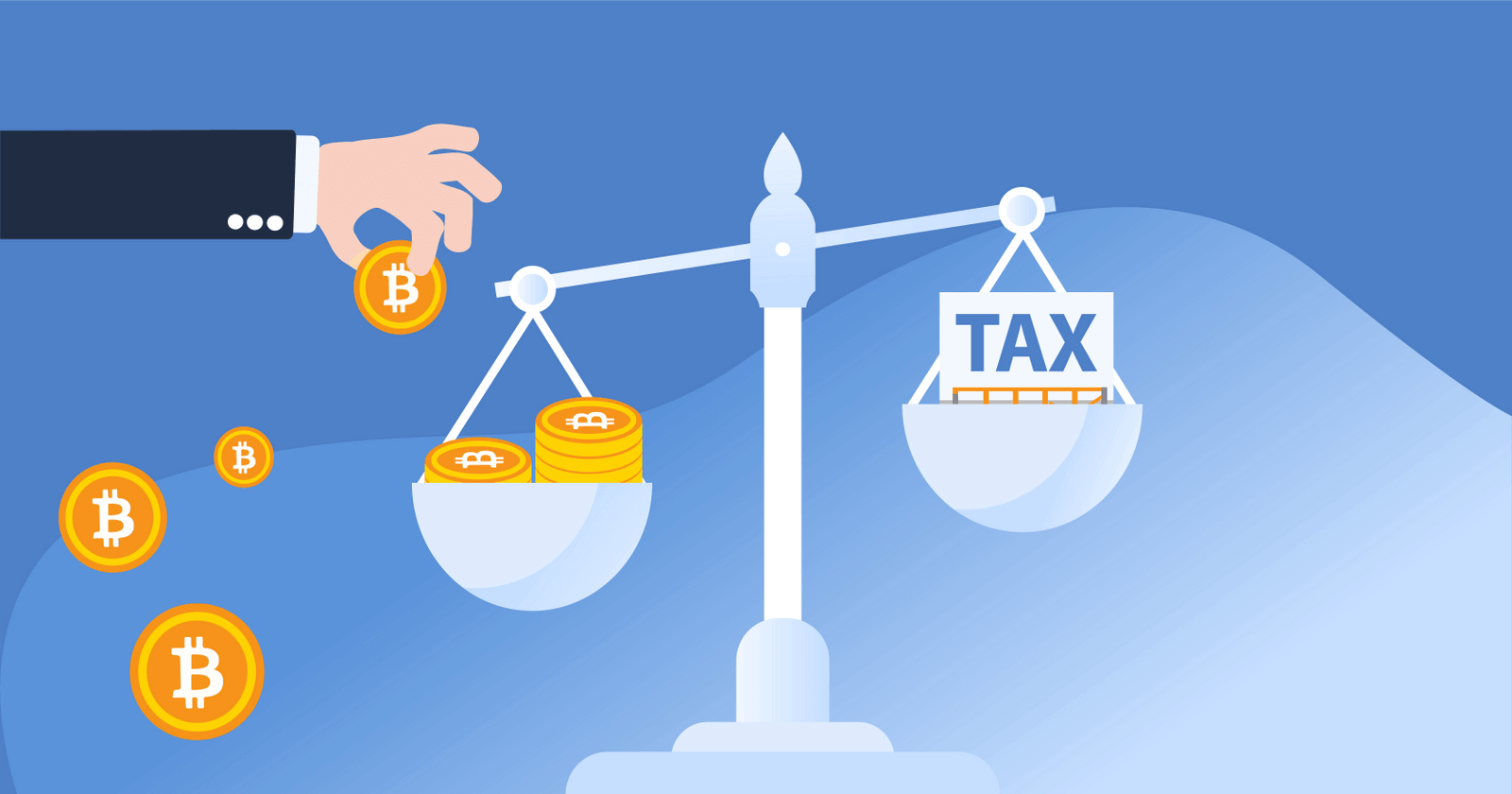

Key Takeaways
- Ethereum mining is no longer possible due to Ethereum’s transition to Proof of Stake (PoS), but staking offers an easy alternative to earn profits.
- Staking Ethereum is simpler, more eco-friendly, and less resource-intensive than mining.
- Alternatives to Ethereum mining include Bitcoin, Ethereum Classic, and Ravencoin although these require expensive hardware.
Ethereum mining is no longer possible due to Ethereum’s shift to Proof of Stake (PoS) with the Ethereum Merge.
While mining is no longer viable, staking is a great alternative that offers passive income without the need for expensive mining equipment. In this guide, we’ll walk you through the differences between mining and staking and break down how you can get started earning ETH rewards today.
What happened to Ethereum mining?

Ethereum switched from Proof of Work (PoW) to Proof of Stake (PoS) as part of the Ethereum Merge in 2022.
As a result of this switch, it’s no longer possible to mine ETH. However, you can still earn profits through staking.
Why did Ethereum switch from PoW to PoS?
Ethereum’s move from Proof of Work (PoW) to Proof of Stake (PoS) was designed to reduce fees and increase transaction speeds.
The shift was controversial amongst Ethereum miners, Some large-scale Ethereum mining operations switched to networks like Litecoin and Dogecoin.
Of course, it’s important to note that the Ethereum Merge helped make the Ethereum network faster and more environmentally friendly. It’s estimated that the Ethereum Merge reduced the network’s energy consumption by 99.95%.
How does Proof of Stake work?

In PoW, miners verify transactions on the blockchain by solving complex mathematical problems using sophisticated mining equipment. While PoW networks are secure, they have been criticized because they require large amounts of energy and slow transaction speeds.
PoS selects validators based on the amount of cryptocurrency they "stake". Because there’s significantly less energy-consumption required, PoS is more environmentally-friendly and offers faster transaction speeds.
Comparison: PoW vs. PoS
- Energy Efficiency: PoS consumes significantly less energy, which makes it more sustainable and allows the network to have a significantly lower carbon footprint than PoW networks.
- Hardware Requirements: PoW requires expensive hardware like GPUs and ASICs, while PoS does not require equipment to get started staking.
- Rewards: PoS provides staking rewards based on the amount staked, while PoW rewards are based on mining performance and computational power.
- Security: PoS is often considered less vulnerable to a 51% attack — where a malicious actor takes over a majority of the network — as the attacker would need to own a majority of staked tokens. It’s hard to imagine why an attacker would intentionally destroy a network where they own the majority of tokens.
Step-by-Step Guide to Ethereum Staking
Popular platforms for staking Ethereum include Coinbase and Binance.
It's important to note that the SEC has begun cracking down on centralized exchanges offering staking services, claiming that offering staking as a service is an ‘unregistered security’.
Luckily, decentralized wallets like MetaMask allow you to stake ETH without relying on centralized exchange.
Let’s walk through how you can stake ETH on a decentralized wallet like MetaMask.
Step 1: Fund your wallet
Make sure your wallet is funded with ETH.
Step 2: Connect your wallet
Connect your wallet to the staking pool then select ‘Stake’.
Step 3: Review your details
Enter the amount of ETH you wish to stake, and review transaction fees.
Step 4: Confirm your stake
Once you’ve double checked the details, click ‘Confirm’.
If you’ve completed all the steps, you’ll be ready to get started earning rewards on your ETH.
What are the risks of Ethereum staking?
Validator slashing: If a validator behaves maliciously or dishonestly when verifying transactions, their stake may be ‘slashed’. You can mitigate this risk by selecting reputable validators.
Lockup periods: Different protocols have different lockup periods for ETH staking, which range from a few hours to a few days. It’s possible that due to cryptocurrency’s volatility, the value of your ETH can decline during your lockup period.
Changing reward rates: Ethereum’s staking reward rates change based on network activity. As a result, it’s possible that the rates you earn on your staked ETH may decline.
Maximizing Profitability: Mining or Staking?

You might be wondering what is better for profitability: mining or staking. Let’s walk through the differences.
Staking: Getting started with staking is relatively low-effort. There’s no need to pay for expensive equipment. All you have to do is lock up your staking rewards with a validator, and then let your rewards start flowing in.
Staking offers a low-cost, eco-friendly alternative with fewer barriers to entry, making it more accessible for casual crypto enthusiasts.
Mining: Mining requires users to get started with mining hardware and software. Miners face higher costs than stakers — both from the initial investment to get started and ongoing costs like electricity.
Mining can be more profitable for those with access to cheap electricity and high-performance mining hardware, such as ASIC rigs. However, mining cryptocurrencies like Bitcoin is highly competitive, and without these advantages, your operation may not be profitable. Many miners face competition from professional mining operations, making it hard for smaller, individual miners to stay afloat.
Ethereum mining alternatives
Interested in mining? While ETH can no longer be mined, you can still get started with one of these alternatives:
Bitcoin: While many investors are interested in mining BTC, it’s important to note that BTC mining equipment is expensive and competition is very high — which makes it very difficult for at-home miners to maintain profitability.
Dogecoin: Dogecoin is a popular choice for at-home miners. However, it’s important to note that like Bitcoin, mining Dogecoin requires expensive ASIC equipment,
Ravencoin: Ravencoin is a cryptocurrency that was designed to be ASIC-resistant, and instead can only be mined with less expensive GPU hardware. That means that it’s easier for at-home miners to make a profit!
Ethereum Classic: Ethereum Classic (ETC) is a fork of Ethereum created before the shift to PoS. It’s a great choice for investors who want an ETH-adjacent cryptocurrency. However, it’s important to note that ETC is significantly less valuable and popular than ETH and that the two networks do not share the same community.
In conclusion
Mining ETH ended permanently in 2022. Luckily, staking offers a profitable and eco-friendly alternative for Ethereum investors.
Frequently asked questions
- Is Ethereum mining still possible?
It’s no longer possible to mine Ethereum. Ethereum shifted to a Proof of Stake network in 2022 — which means the blockchain now only supports staking.
- How does Ethereum staking work?
When you stake ETH, you lock up your Ethereum to verify transactions on the network. In return, you earn a portion of transaction fees and new block rewards.
- Can I make more money staking than mining?
Yes, for most users, staking Ethereum is simpler and more profitable than mining. There’s no need to purchase expensive hardware or pay electricity costs!
- Is staking risky?
Staking comes with risks — such as validator slashing and risks associated with lockup period. To mitigate these risks, it’s important to do research on your staking validator.
- Can I mine Ethereum for free?
While mining ETH is no longer possible, mining any cryptocurrency typically requires expensive hardware and ongoing electricity costs.
How we reviewed this article
All CoinLedger articles go through a rigorous review process before publication. Learn more about the CoinLedger Editorial Process.

CoinLedger has strict sourcing guidelines for our content. Our content is based on direct interviews with tax experts, guidance from tax agencies, and articles from reputable news outlets.






























%20(1).png)





.png)
















